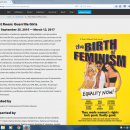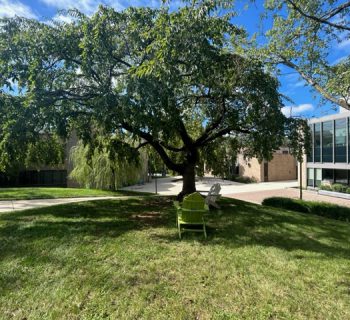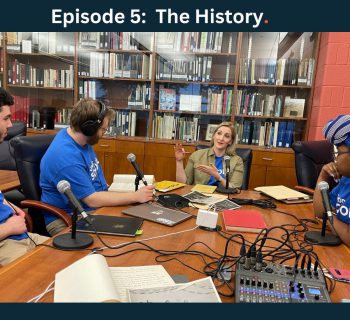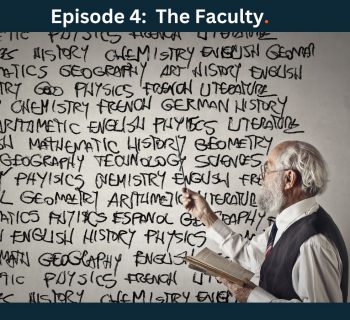Christina Hershey
On Wednesday, October 5 the Behavioral and Social Sciences Pathways Program at the Community College of Baltimore County invited Robyn Ochs to participate in a workshop on sexuality called “Beyond Binaries” with students and faculty.
Ochs is an educator, speaker, award-winning activist, and editor of the Bi Women Quarterly: The 42- Country Anthology, Getting Bi: Voices of Bi-sexuals Around the World as well as the new anthology RECOGNIZE: The Voices of Bi-sexual Men. Ochs is an advocate for all orientations as well as all genders, determined to increase awareness and understanding of the multifaceted identities all people must come to terms with.
Ochs opened the floor by introducing herself as a bi-sexual woman, a “phase” that she has endured for 40 years, “as exhibit ‘A’ that the ‘phase’ is not actually a phase for some.”
Ochs explained that students would explore the landscape of sexuality and pose questions such as, how is it “mapped,” where do we fall on the sexuality continuum, how do we label, and how old were we when we came to our identities and to our sexualities?
The workshop began with a basic history and explanation of the Kinsey scale, the Klein sexual orientation grid, and the storms model, all of which are used to measure sexuality.
Students and faculty participated by filling out these charts and graphs, plotting their sexuality so to speak. Afterwards Ochs engaged her audience in the limitations of those models the biggest being that they’re all operating on binary criteria specifically binary systems of gender and binary systems of sexual orientation, male and female, straight or gay.
Ochs then had participants fill out a survey determining how they identified in the past, in the present, and ideally how they would identify in the future. Questions included; how participants did or did not behave in terms of sexual activity, who they fantasized about, who they were attracted to romantically, sexually, and even if the latter two differed, how often they were aroused, what they publically and privately identified as, what their close family and friends think they identified as and what age they had their first romantic and as well as sexual crush?
Students and faculty found themselves on very different parts of the spectrum at different points in their lives. Students and faculty found themselves on very different parts of the spectrum when taking into account the issue of romantic relationships versus sexual relationships. The most dramatic transformation to visualize, however, was what people identified as opposite of what their families think they identified as.
The workshop overall appeared to be very eye opening for a lot of students and even faculty. Grace Jacobs, a second year student identifying as pansexual, believes that “sexuality is fluid and ever fluctuating,” at least in her experience.
Human beings are complicated, and human sexuality is very complicated. Humans sort and organize each other into neat categories in order to make sense of their identities, but sometimes in the midst of all of that, meaning is lost. Identities are meant to be examined through an intersectional lens, in which all identities intersect influencing as a whole, how one experiences the world.
Overall, “Beyond Binaries” seemed to be well-received by the CCBC community and opened discussion on topics that will most likely be discussed for years to come.
*Articles reflect the views of the author and or those quoted and do not necessarily represent the views of CCBC or the CCBC Connection.














